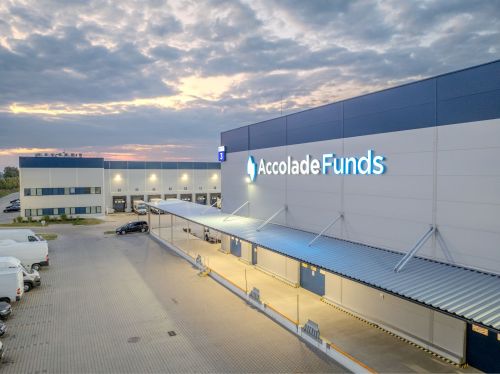Recently, many people in real estate industry have started talking about green housing and green ideas. It has become a new buzzword, which I’m hearing everywhere. I have decided, therefore, to investigate myself why people are suddenly expressing their admiration for the colour greenThe question arises whether the ‘green concept’ is a passing craze or if it going to become a permanent feature of our industry, and if so in what shape and form (especially within what legal framework) it is going to materialize.Once we realise, however, that 40 pct of final energy consumption is attributed to residential and other commercial sector buildings, we start to get an understanding that in this period of global warming, reduction of the above consumption level becomes an extremely important issue and it will be receiving a lot of attention in more environmentally conscious countries.Firstly, the issue of energy-efficiency was broadly addressed in the European Union Directive 8






























































